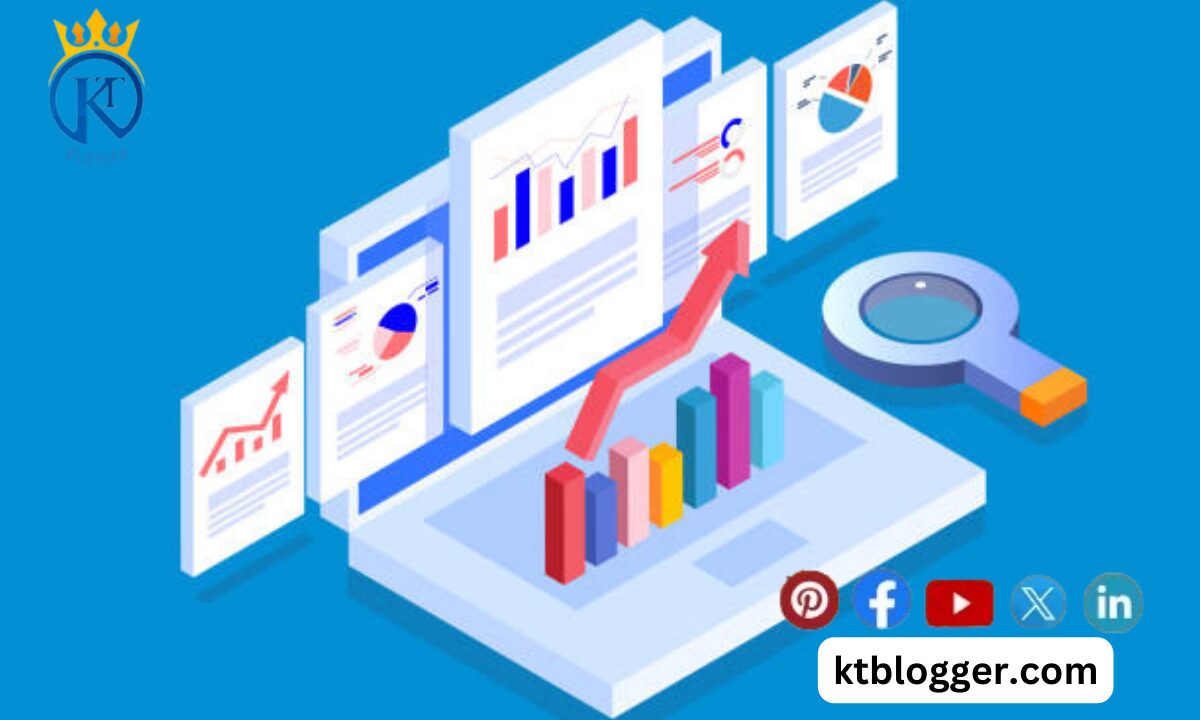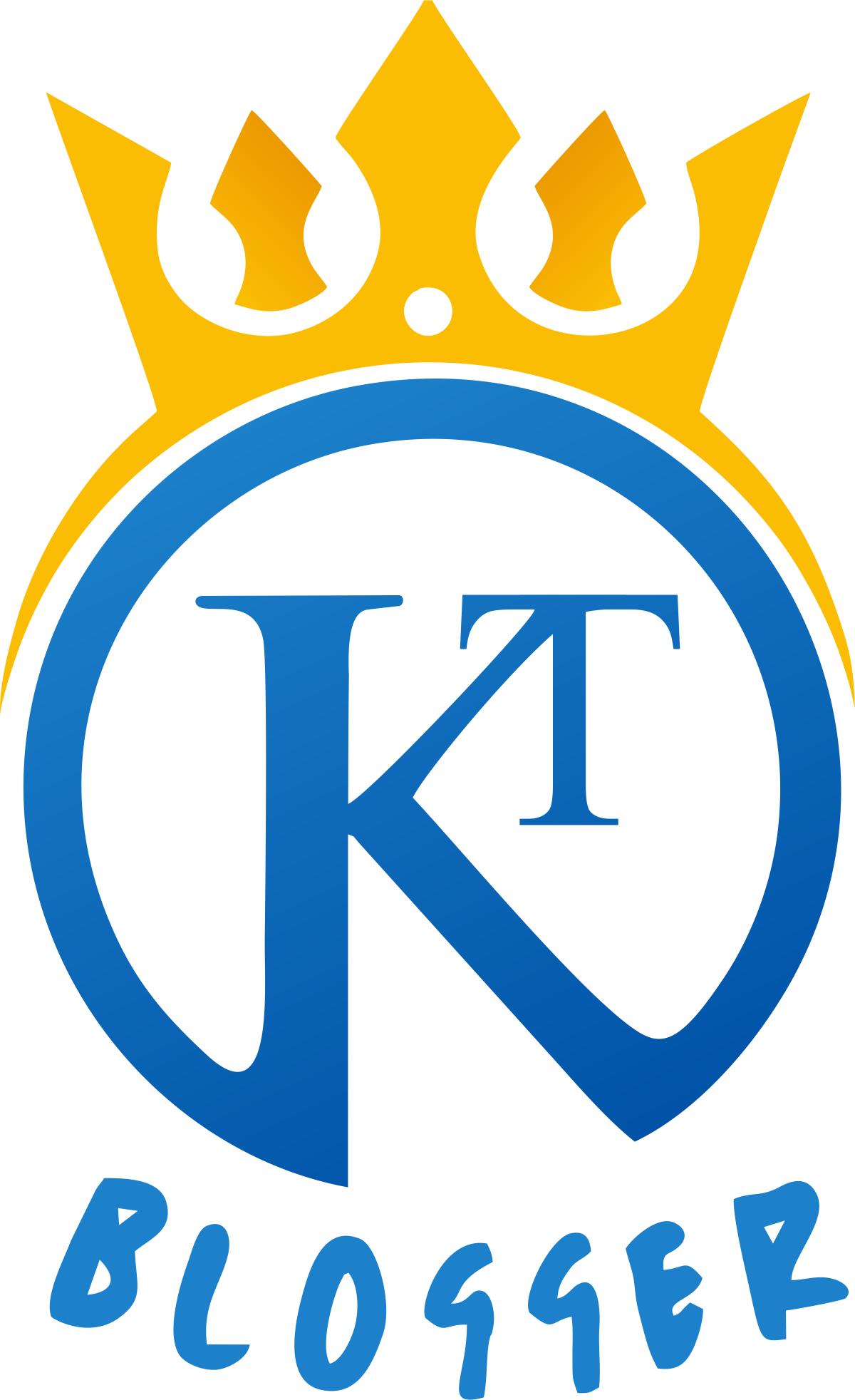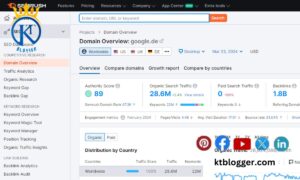Knowledge graph optimization (KGO) has become an essential part of SEO in 2024. Search engines like Google rely heavily on their knowledge graphs to understand and rank content.
Knowledge graph optimization is crucial in SEO. It enhances information retrieval, leveraging structured data and schema markup. Semantic search benefits from entity recognition, enabling better knowledge representation. Utilizing natural language processing strengthens graph databases. Understanding what is a knowledge graph and its importance fuels effective optimization strategies.
Content
- 1 What’s Google’s Knowledge Graph Optimization?
- 2 Google’s Knowledge Graph in Search Engine Optimization
- 3 How Knowledge Graphs Affect SEO?
- 4 How to Optimize the Knowledge Graph
- 4.1 Identify relevant entities and relationships
- 4.2 Focus on your brand
- 4.3 Optimize Your Content For Entities
- 4.4 Offer Comprehensive Information
- 4.5 Incorporate Synonyms and Variations
- 4.6 Use Structured Data Markup
- 4.7 Focus on Relevant Schema Types
- 4.8 Build Brand Authority and Trust
- 4.9 Monitor and Adapt
- 5 FAQs
- 6 Summing Up
What’s Google’s Knowledge Graph Optimization?
Google’s Knowledge Graph is like a giant library full of information. It helps Google give quick and accurate answers to questions about real-life stuff.
In the realm of online visibility, understanding What is SEO Rich Text plays a crucial role. It enhances content for search engines, much like Knowledge Graph Optimization improves data presentation for better search results. Both focus on maximizing online presence and relevance.

These things, called entities, can be people, places, events, and more.
If you’ve ever searched something on Google and got a good answer right away without clicking on anything else, you’ve seen the Knowledge Graph in action.
Let’s say you search for “Albert Einstein” on Google.
Now, Instead of just showing you regular search results with links to other websites, Google shows a summary of important details about his related stuff.
All of this is thanks to Google’s Knowledge Graph.
Let’s move forward and discuss how the Knowledge Graph works, how it affects SEO, and how to make your website work well with it.
How Does the Knowledge Graph Work?
Knowledge graphs help organize and connect information neatly. They’re great for things like search engines, answering questions, and suggesting stuff you might like. Here’s how they work:
- Gathering Data: Knowledge graphs collect information from different places like databases, text, and real-time updates. This info gets sorted out to make sure it’s all in the same format.
- Entity Identification: Next, they figure out what things are in the data. It could be people’s names, places, events, or ideas mentioned in something like a news article.
- Seeing Connections: After that, they look at how these things are related to each other. For example, they might see how people are connected through jobs or friendships.
- Putting it all together: The data gets put into a map-like structure. Things become dots, and the connections between them become lines. This helps show how everything fits together.
- Saying what things mean: Knowledge graphs use a common language to explain what things are and how they’re connected. This helps everyone understand the information better.
- Asking Questions: People can ask the knowledge graph questions using special languages. These questions can be simple or complex, and the graph tries to find the answers.
- Keeping Up to Date: Knowledge graphs can change over time. New information gets added, and old stuff gets updated. This helps keep the graph accurate and useful.
Google’s Knowledge Graph in Search Engine Optimization
Ever wondered how Google’s Knowledge Graph revolutionized search? It’s more than just a tool—it’s an intricate system powered by ontology development, linked data, and knowledge engineering. Through information architecture and data modeling, it extracts relevant knowledge to enhance search engine algorithms. Let’s delve deeper into this SEO marvel.
In the latest Google Algorithm February Update, Knowledge Graph Optimization gains prominence. Understanding this algorithm shift is vital for maximizing online visibility. Both emphasize relevance, accuracy, and user-centric content, fostering a symbiotic relationship between them for enhanced search performance.
Understanding “Why Should I Learn SEO” is essential for effective Knowledge Graph Optimization. Both involve enhancing visibility and relevance online. SEO teaches strategies to rank higher, while KGO refines data presentation for search engines. Mastering both boosts digital presence.

How Knowledge Graphs Affect SEO?
Knowledge graphs have been around for a while, but they’ve only recently started to impact how we do SEO.
Think of it this way: Just like how Schema.org markup didn’t matter much until more websites started using structured data, knowledge graphs aren’t widespread yet, so they don’t really affect SEO much.
But in the future, knowledge graphs will be important for SEO, just like structured data. If your webpage doesn’t show up in a knowledge graph when someone searches for your business or product, it might not rank well on Google’s first page.
Right now, knowledge graphs are seen as a sign of authority, and they’re already influencing SEO.
When you search for something on Google, the knowledge graph shows up at the top of the page, giving you quick answers without having to click on other links.
As more people use knowledge graphs, they’ll become even more essential for SEO. Especially for local businesses or specialized topics.
To make sure your webpage shows up in knowledge graphs and ranks well on Google, you can:
- Use Schema markup: This helps Google understand your content better by using special code. It makes it easier for Google to show your content in knowledge graphs.
- Think about how you link to other pages: Instead of using random words as links, try to link to things that are related to your webpage. This helps Google see that your content is relevant and trustworthy.
By paying attention to knowledge graphs and how they work, you can improve your SEO and make sure your webpage gets seen by more people
How to Optimize the Knowledge Graph
To optimize for the knowledge graph in 2024, consider the following key steps:
Identify relevant entities and relationships
In your industry, understand the crucial entities (people, places, things) and their relationships. Utilize tools like Google Search Console, industry reports, and competitor analysis to identify them.
Focus on your brand
Take ownership of and optimize your Google My Business listing. Cultivate and maintain active social media profiles. Consider establishing a Wikipedia page if your brand meets the eligibility criteria.
Optimize Your Content For Entities
Write in a natural language style, seamlessly integrating relevant entities within your content. Avoid the practice of keyword stuffing.
Offer Comprehensive Information
Strive for in-depth content that showcases your expertise on a subject. Employ various perspectives, data points, and visuals to enrich your explanations.
Incorporate Synonyms and Variations
Include natural variations and synonyms of your target entities to enhance discoverability.
Use Structured Data Markup
Implement Schema.org markup to aid search engines in comprehending your content. Leverage tools like Google’s Data Highlighter for assistance.
Focus on Relevant Schema Types
Select schema types tailored to your content and industry. For instance, if you operate a recipe website, incorporate recipe schema markup. Build brand authority and trust:
Build Brand Authority and Trust
Create good content regularly. Get links from trustworthy websites. Engage with your audience by responding to comments and being part of discussions.
Monitor and Adapt
Now, track your performance using analytics tools. Yes! Check search engine rankings, traffic sources, and engagement metrics. Plus, Stay Informed About Knowledge graph optimization Trends. Since Google’s knowledge graph is always changing, it’s important to know what’s going on. This helps you refine your strategy.
Based on your data and observations, fine-tune your KGO approach to continually enhance your outcomes.
FAQs
Why Do Businesses Need a Knowledge Graph?
Businesses require a Knowledge Graph to attract more customers, show essential details about their brand, and make it easier for people to find them online and in real life.
How Does the Knowledge Graph Work?
The Knowledge Graph collects information from different places, figures out what things are, sees how they’re connected, and then shows it neatly. People can ask it questions, and it gets updated with new information.
Summing Up
There are different steps you can use for knowledge graph optimization and improving your business’s online presence.
Remember, improving your knowledge graph takes time and effort. Stay patient and focused on the long-term benefits.





